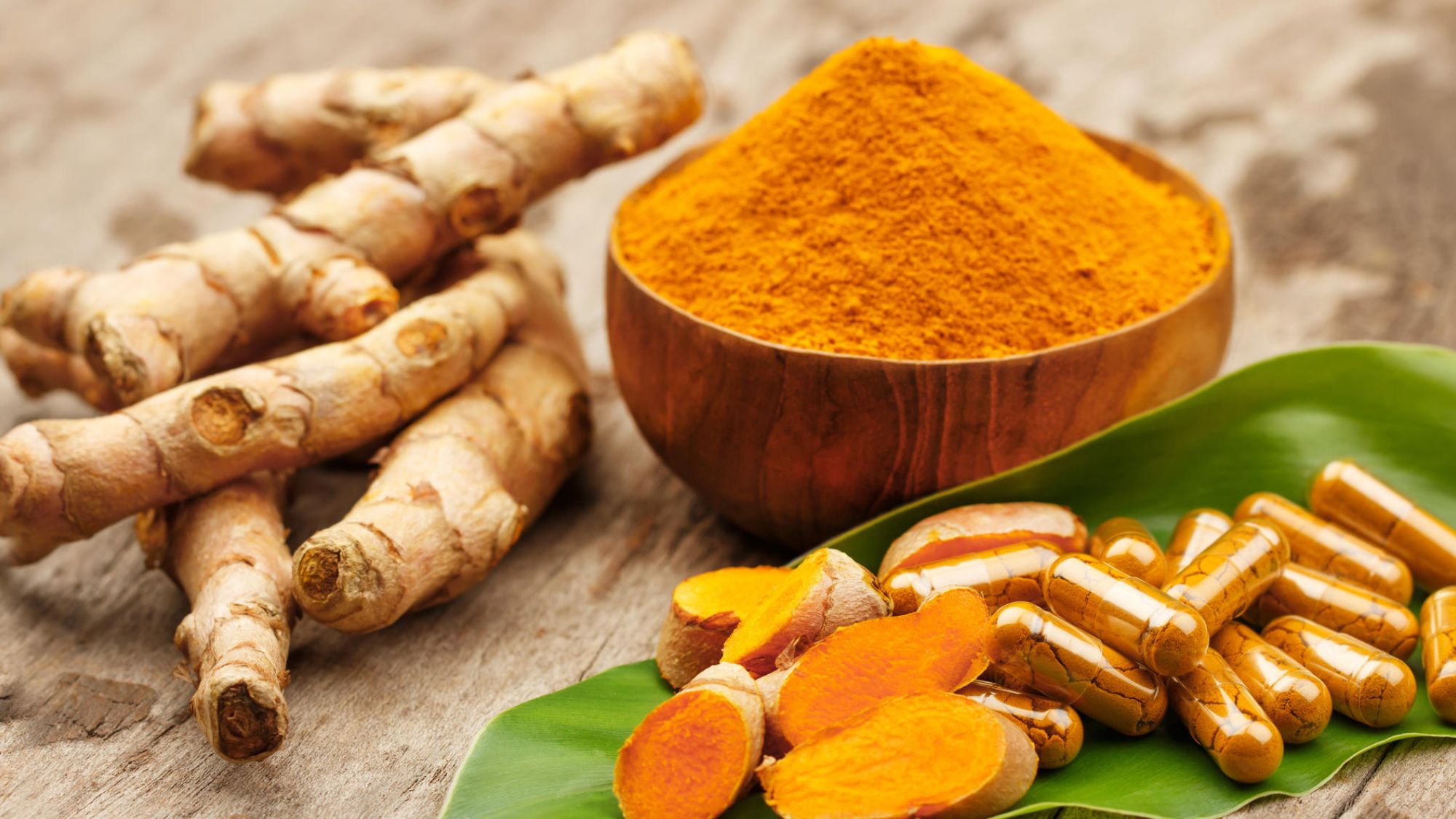Every year millions of People suffer from the bothersome ailment known as tennis elbow pain. Those who perform repetitive arm motions, such as golfers, fitness fanatics, gamers, office workers, painters, plumbers, hairdressers, and workers in construction and manufacturing, are also susceptible to this excruciating ailment. It is not limited to tennis players. The tendons in the forearms become strained by repeated misuse, which can result in inflammation and tiny tears.
Gripping or carrying objects, using a computer, chopping meals, participating in leisure activities, and maybe performing your job are all made more difficult by this elbow pain near the outside of the elbow. The robust homers, or upper arm, and the softer ulna and radius, or forearm bones, come together to form the elbow. Because of the muscles and tendons in your elbow, your forearm can bend or extend. By rotating the radius, you may also turn your hand palm-side up.
Apply an Ice Pack to Your Massage:
Applying ice to your tennis elbow pain treatment might help lessen discomfort and swelling. Using an ice pack to massage the elbow might be an easy technique to ease elbow pain. For a few minutes, you should apply pressure with the ice immediately on the area of your elbow that hurts (don’t let the ice touch the skin). Massage for tennis elbow with ice can be beneficial early in an injury.
Give Your Elbow a Rest:
Although it can appear like a straightforward treatment, it works well if the elbow region is excessively irritated or inflamed. It will help to rest your arm and avoid doing activities that cause discomfort and inflammation. As long as you refrain from actions and movements that can aggravate the tendons even more, you can continue with your regular activities. Resuming your activities should be done gradually; if you start to experience the familiar ache, stop.
Condense and Offer Assistance:
For conditions like tennis elbow, the RICE protocol—which stands for rest, ice, compression, and elevation—is frequently the best course of action. Compression lessens the weariness of the muscles. Roughly wrap your elbow in a compression bandage so that the compression is noticeable. You ought to have good finger mobility after putting on the bandage. The lower arm’s skin tone and temperature should match those of the other arm or the rest of your arm. Take off the bandage right away if you find that your lower arm is colder than the skin or the rest of your arm.
Try Egoscue:
Correcting musculoskeletal misalignments that lead to discomfort and bad posture is the main goal of the Egoscue Method, which consists of a series of mild stretches and exercises. Egoscue emphasizes using different muscles or exercising with good form, which helps to lessen the elbow pain in the tendons or joints. Egoscue theory states that poor form—even more so than overuse—is the true cause of tennis elbow.
Gentle Exercise and Stretching:
You may speed up your recovery at every stage of the recovery process by using your right elbow. You’ll begin with basic exercises that increase blood flow in your circulatory system and work your way up to more coordinated motions that enable you to carry on with your everyday tasks. The ideal workouts for injuries unrelated to sports will differ slightly from those used in the therapy of tennis elbow in sportsmen.
Turmeric Can Aid In Healing:
 The symptoms of tennis elbow include forearm muscular oedema and stiffness, which make it excruciatingly difficult to move the elbow, hand, or wrist. The strong anti-inflammatory qualities of turmeric are proven to help ease these muscles and increase range of motion. It has many antioxidants that help the injured tendon repair more quickly. Turmeric also functions as a natural painkiller, reducing the elbow pain brought on by this damage. The majority of these therapeutic benefits are attributed to curcumin, turmeric’s primary active component.
The symptoms of tennis elbow include forearm muscular oedema and stiffness, which make it excruciatingly difficult to move the elbow, hand, or wrist. The strong anti-inflammatory qualities of turmeric are proven to help ease these muscles and increase range of motion. It has many antioxidants that help the injured tendon repair more quickly. Turmeric also functions as a natural painkiller, reducing the elbow pain brought on by this damage. The majority of these therapeutic benefits are attributed to curcumin, turmeric’s primary active component.
Final Words – Remedies for Tennis Elbow Pain:
Ultimately, tennis elbow is a disorder caused by inflammation of the tendons connecting the outer surface of the elbow to the forearm muscles. High forearm muscle activity and repetitive actions might cause it. Among the symptoms include elbow pain in the outer region of the elbow, a loss of grip strength, and trouble doing daily duties. To receive the right care and stop more damage, it is essential to comprehend the origins and symptoms of tennis elbow.
